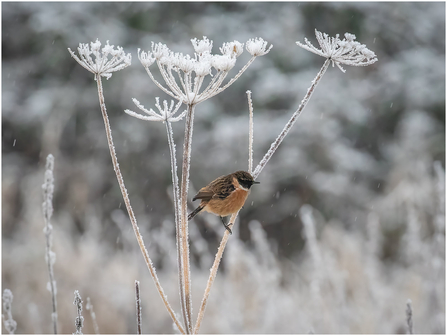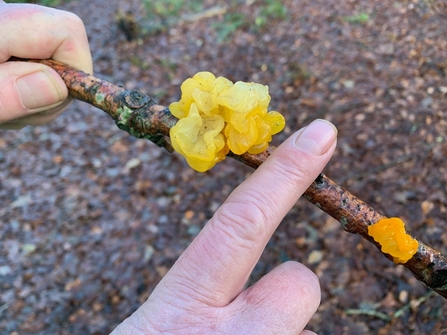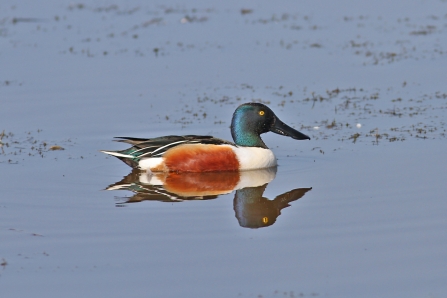Ducks dabbled, fungi fruited and starlings swooped across Lancashire, Manchester and North Merseyside. Take a look at our latest wildlife sightings to see what you could spot in the weeks ahead.
Mere Sands Wood
Candlesnuff fungus, with an appearance like snuffed out candle wicks, added a cosy Christmas atmosphere to Mere Sands Wood in December. Jelly ear fungus appeared on the trees in great numbers, as if the wood was listening in on visitors’ conversations and festive wishes. Goldfinches, kingfishers and nuthatches brightened up even the bleakest December days and, on the lakes, teal and goosanders enjoyed quiet fishing opportunities.
If you want to visit Mere Sands Wood in January, please remember that the car park and visitor centre will be closed for the whole month. The reserve itself is still open and accessible on foot, via public footpaths and the reserve trails.




